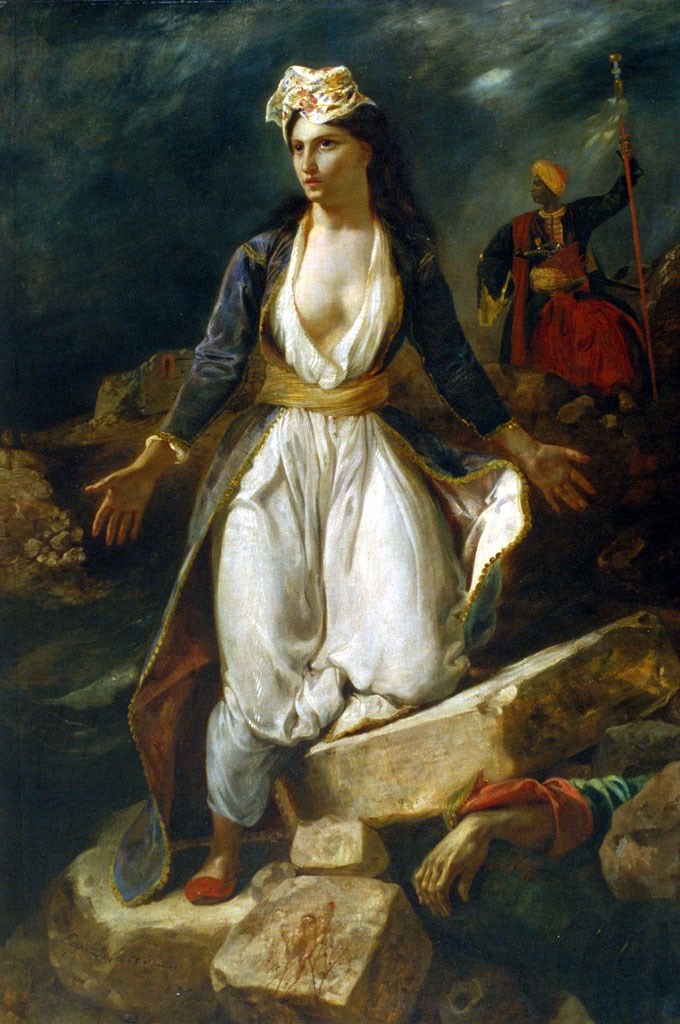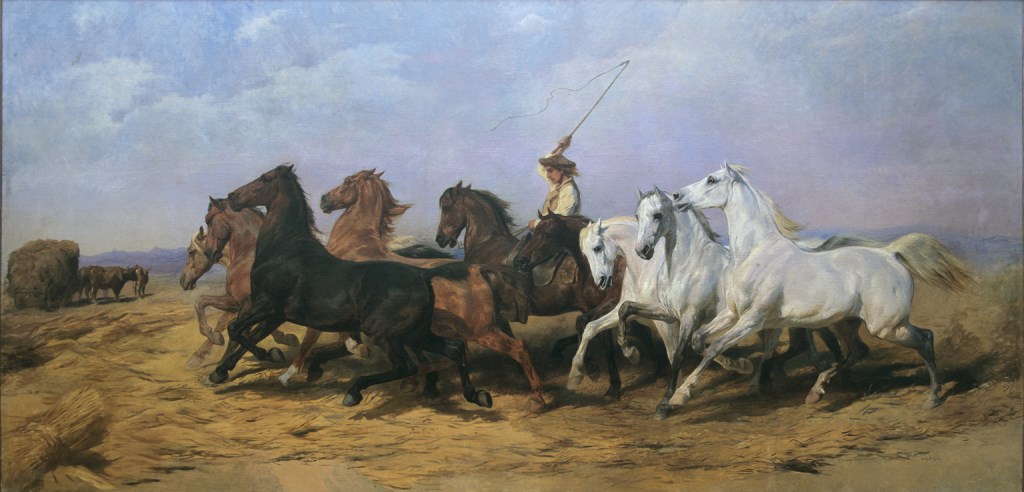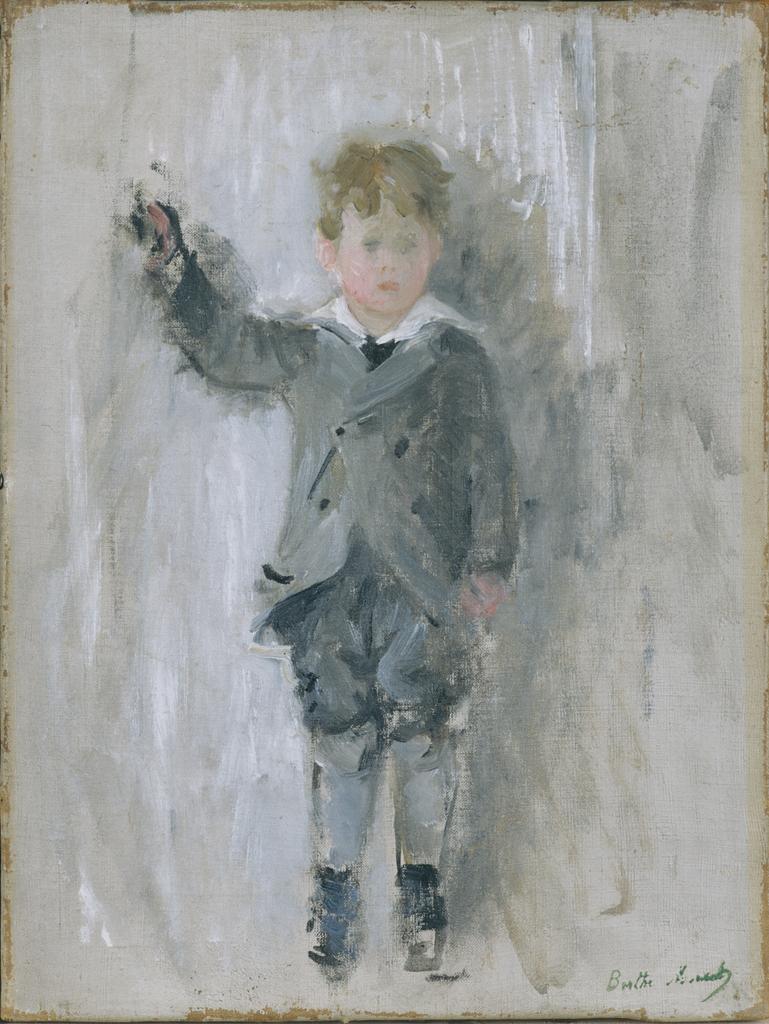The Nineteenth Century, from Romanticism to Impressionism
Bonheur wing
The Romantic Years and History Painting
Romanticism (1830-1860) emphasized the individual, focusing on the emotional such as passion and suffering. Delacroix was the main romanticism painter. Noble subjects, such as in history paintings, are represented here by the works of Gros, romantically dealing with human emotions.

Eugène Delacroix, La Grèce sur les ruines de Missolonghi, 1826
Photo : F. Deval.

Eugène Delacroix, La Chasse aux lions, 1854-1855
Photo : F. Deval.
History Painting, between Academism and Realism
Academism developed during the July Monarchy (1830-1848), before blossoming during the Second Empire (1852-1870). Bouguereau and Gerome embodied this style, marked by its references to Antiquity and “Ideal Beauty”, inspired by Raphael.

Jean Léon Gérôme, Bacchus et l'Amour ivres, 1850.
Landscapes and Animal Painting
New inventions, such as the paint tube, allowed artists to paint on site and gave birth to modern landscape painting. Animal painting, in vogue in Northern Art of the 17th century and close to landscape painting, experienced a significant revival during the 19th century. Rosa Bonheur, who was one of the leading artists of the genre, was born in Bordeaux in 1822.

Rosa Bonheur, La Foulaison des blés en Camargue, 1864-1899.
Photo : L. Gauthier.
Impressionism and Naturalism
Although our collection is low in Impressionism works of art, it is nevertheless found in the freeform works of Morisot, Renoir and later in the works of the Bordeaux native, Alfred Smith. Realism, such as the extensive works of Buland, paved the way for works depicting the working class and peasants.

Berthe Morisot, Le Neveu de Berthe Morisot, 1876.








